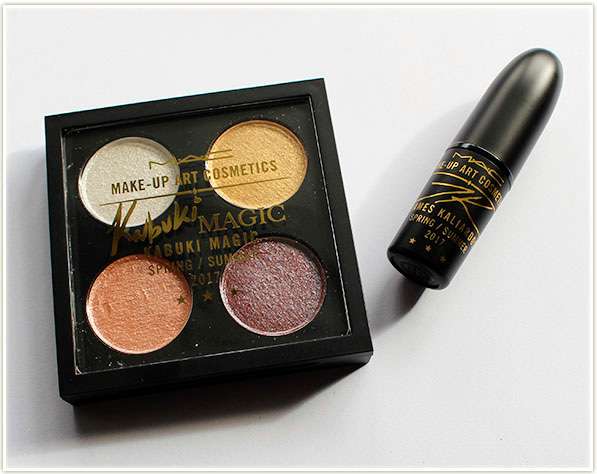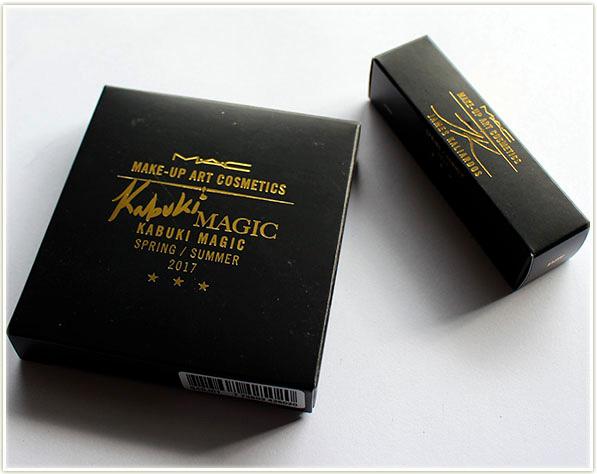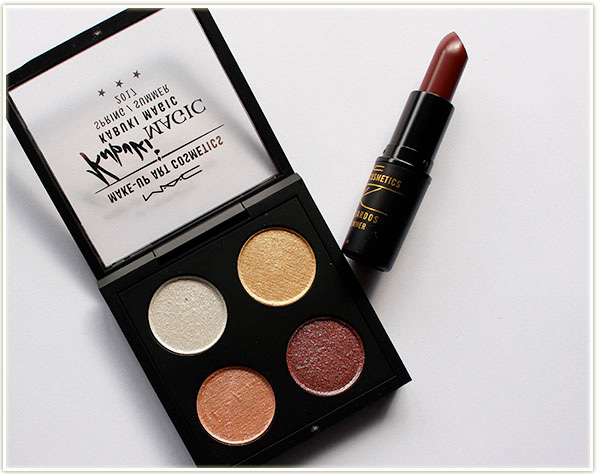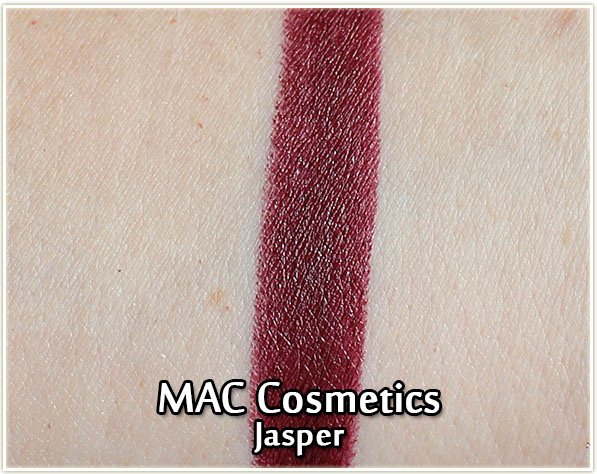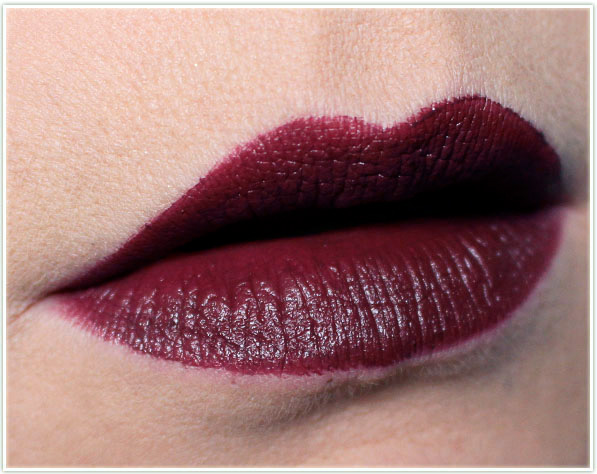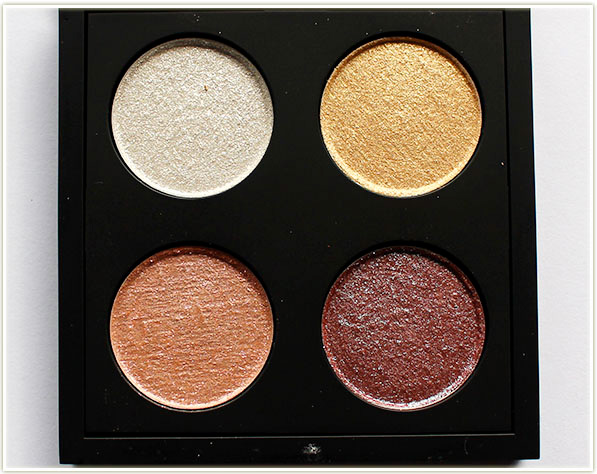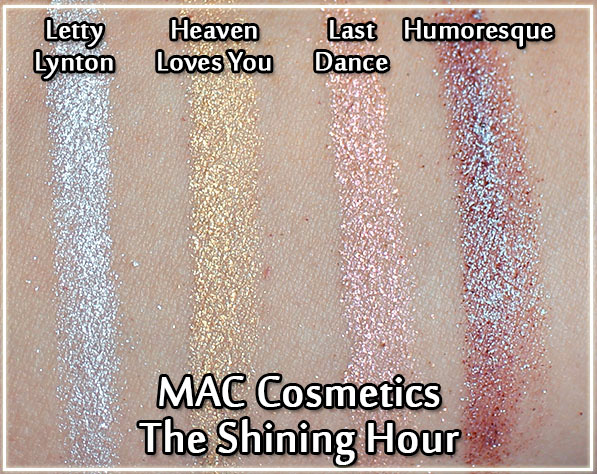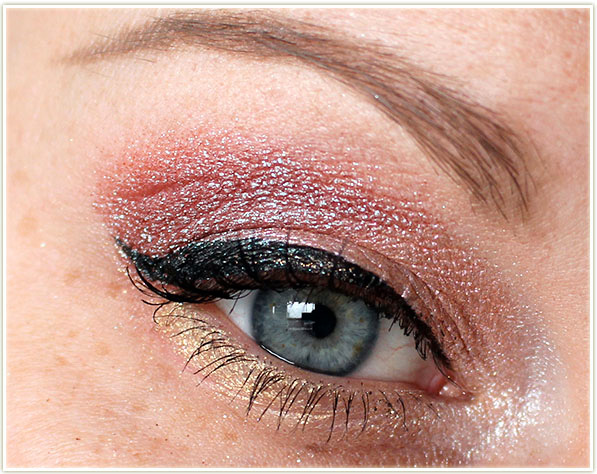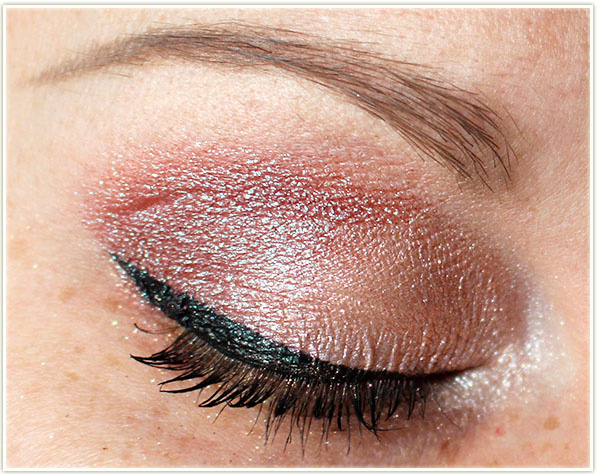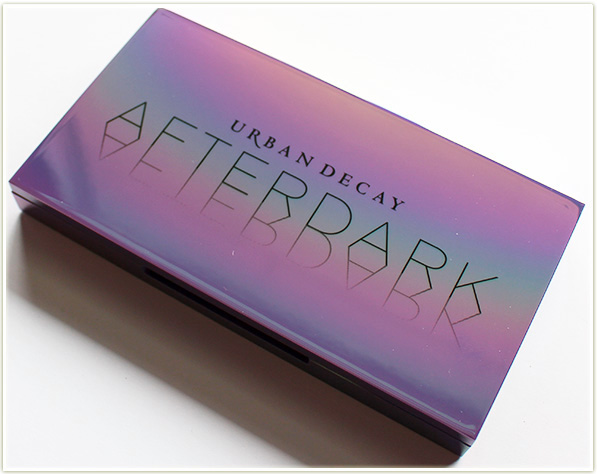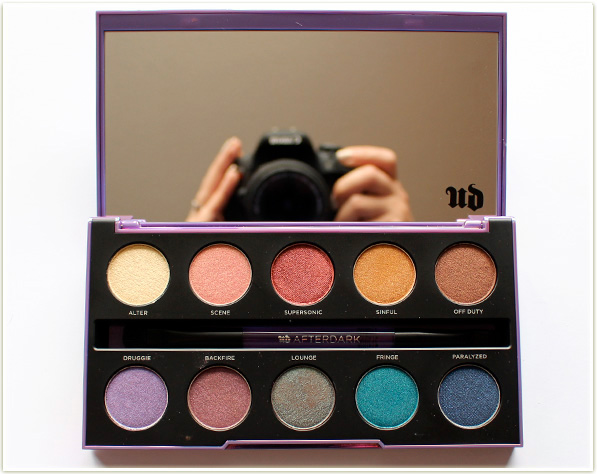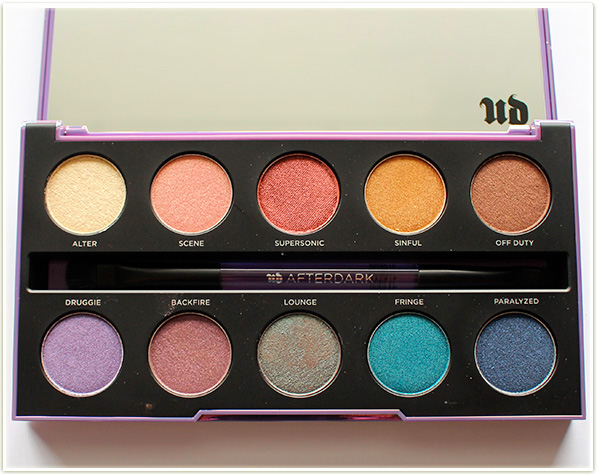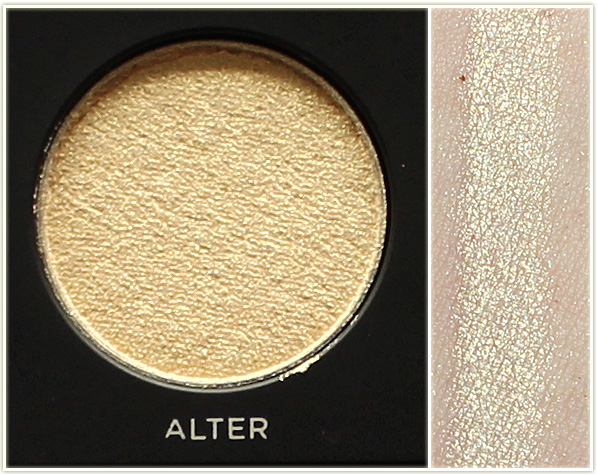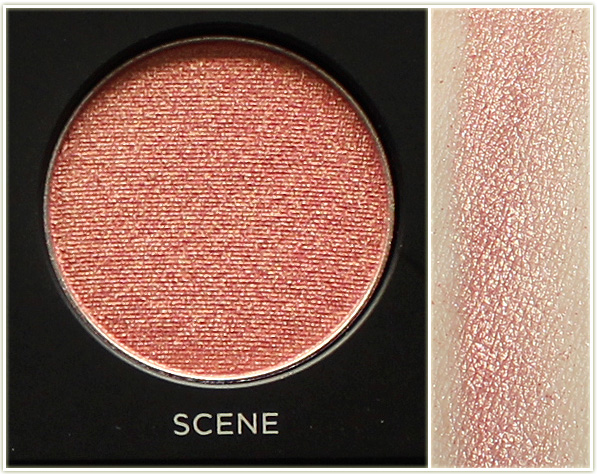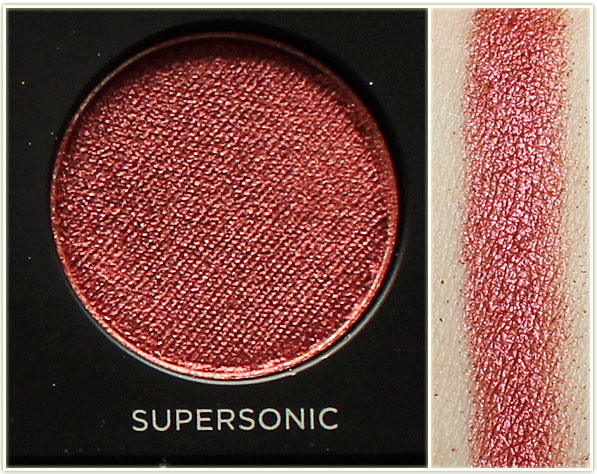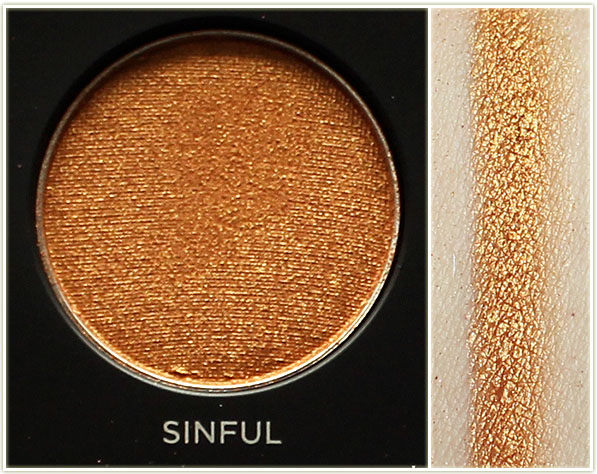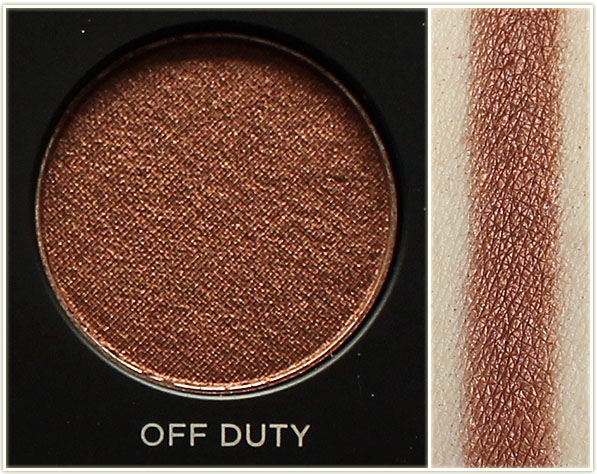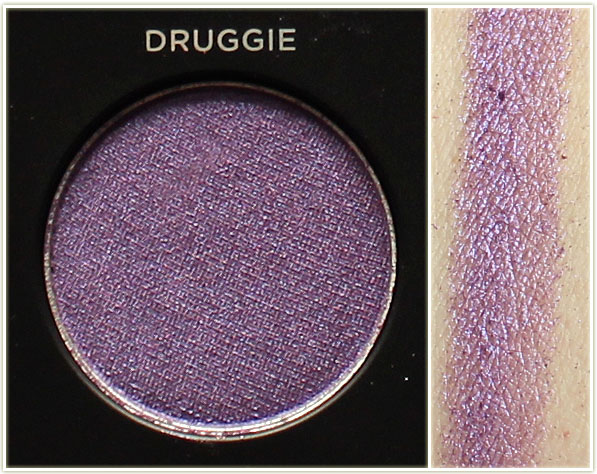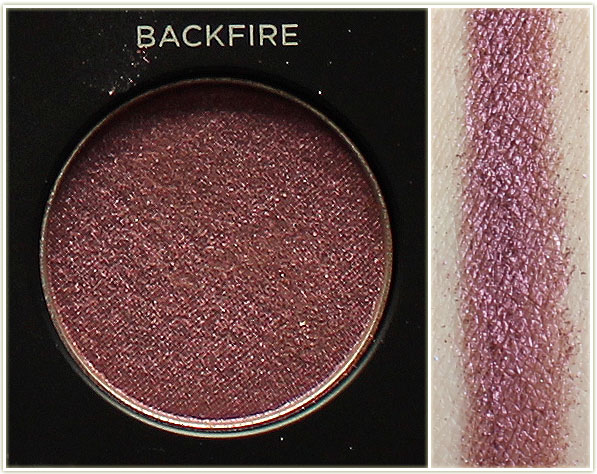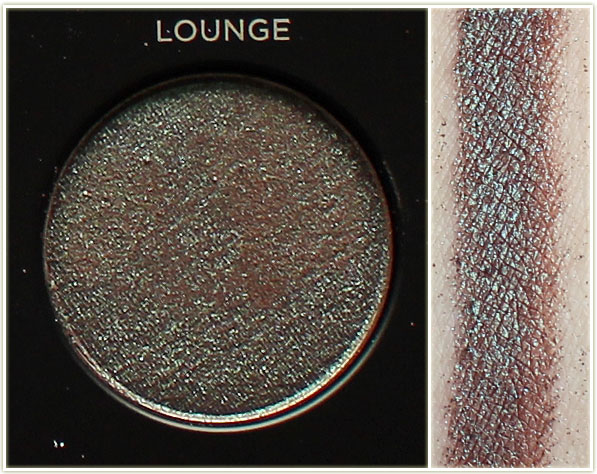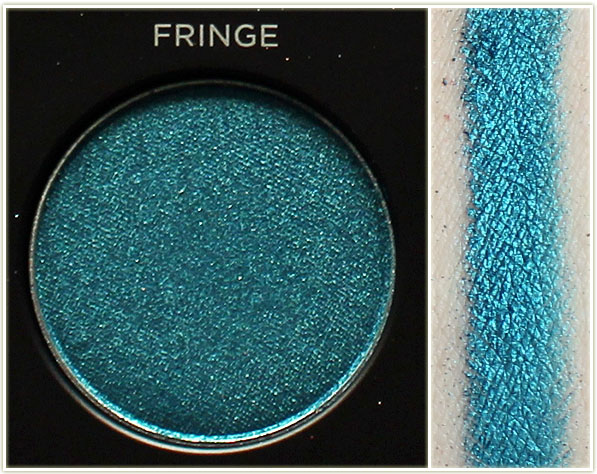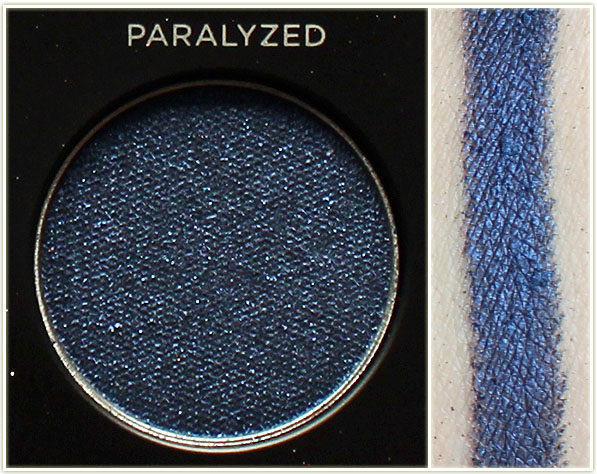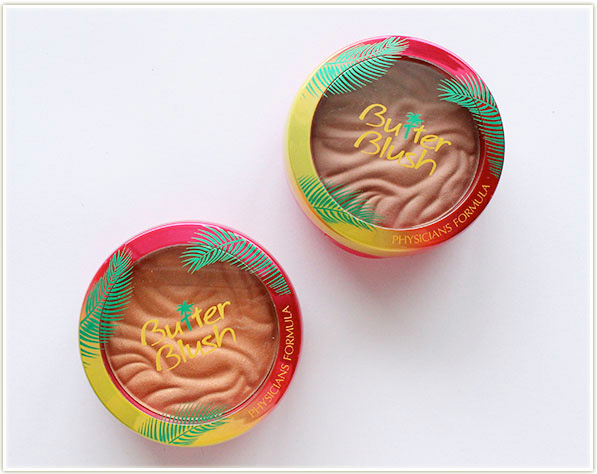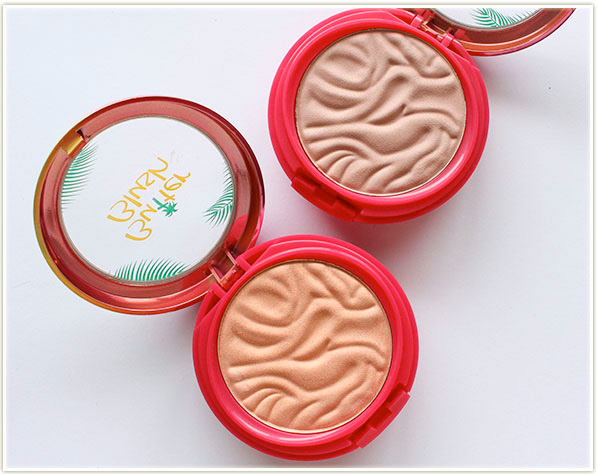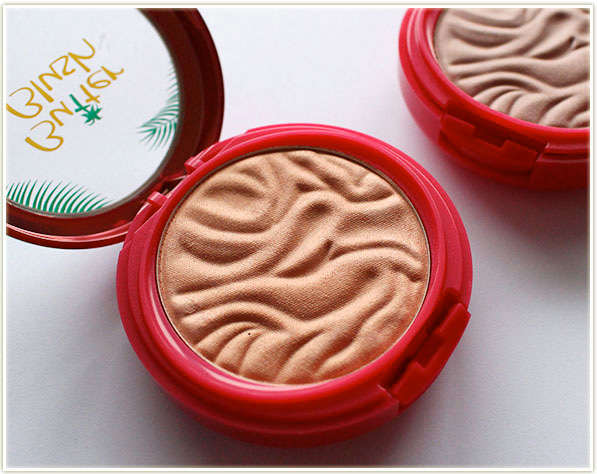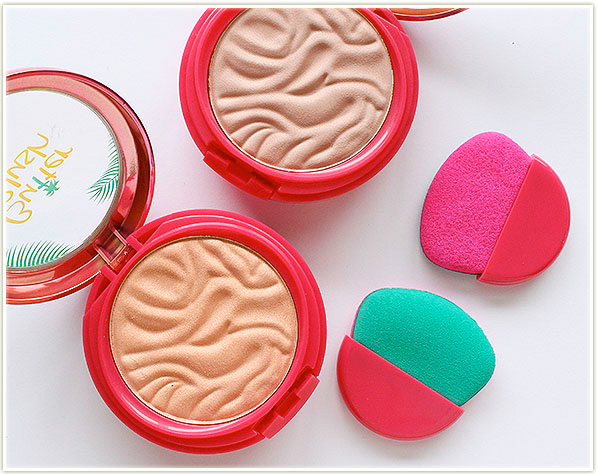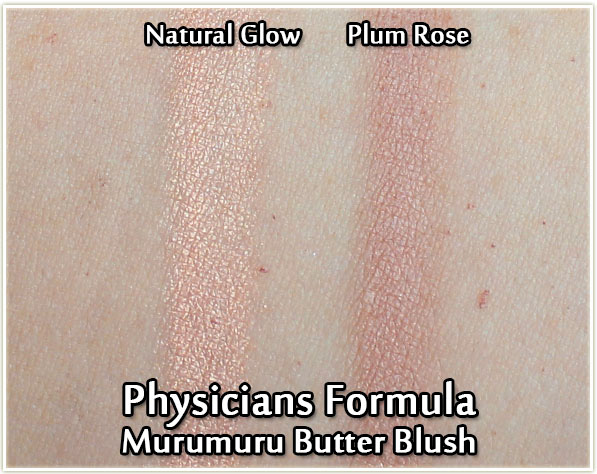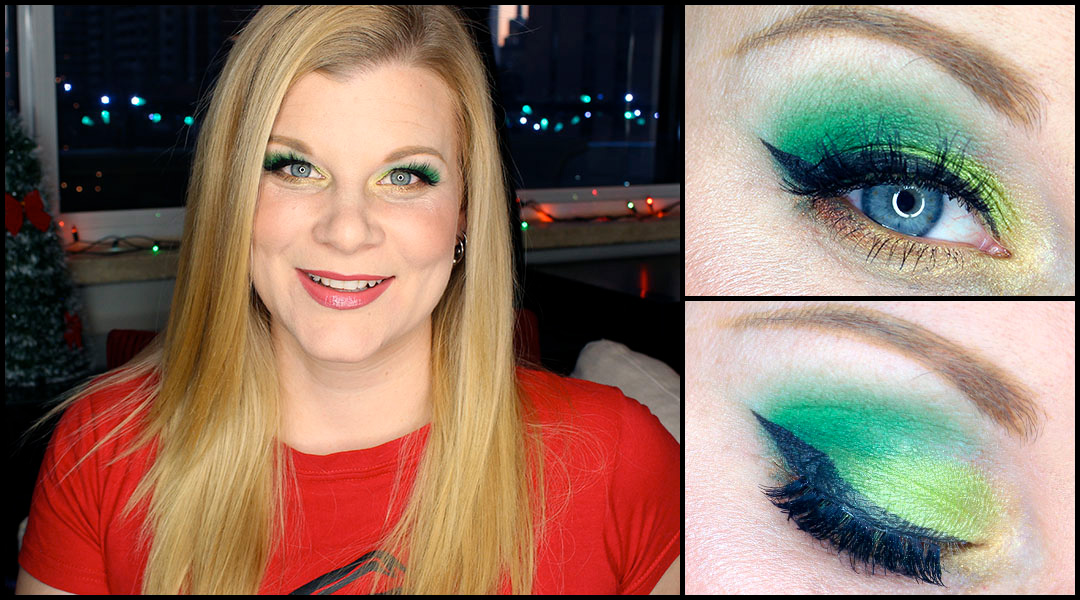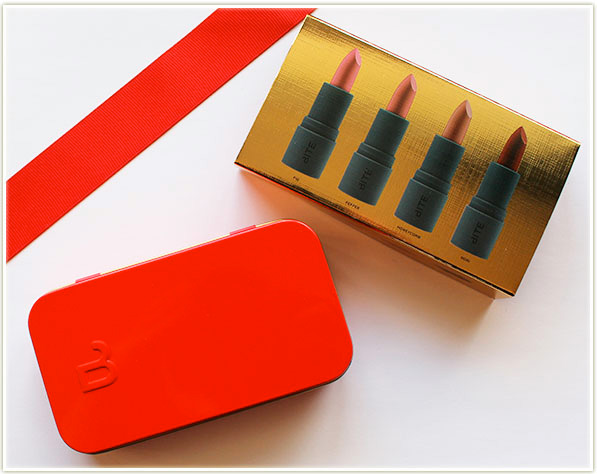
This post is seriously off the rails for this blog, but I have had some questions over the years on how I, as a beauty blogger, get access to PR samples. I’m not going to be divulging contacts, but give you more of a background on how to acquire them yourself.
So let’s start off with the basics.
PR Samples: These are items sent to you by a brand in the hopes that you will promote their product with a review or use it in some way (like a tutorial). While I don’t believe there is legislation yet in Canada on stating whether or not a product was sent to you (I think that requirement does exist in the US though), for transparency reasons, it is often recommended that you state somewhere in your post that you did receive the items for free.
- Note: PR samples are NOT sponsored content. Sponsored content is when a brand will pay you to promote a product with actual cash. (And/or sending you away on vacation I guess.)
So why do bloggers want PR samples? Well, because it’s really just not financially possible for us to buy every single new product on the market. And let’s get real – the beauty product turnover rate is INSANE. PR samples help keep a blogger’s content fresh and exciting for readers.
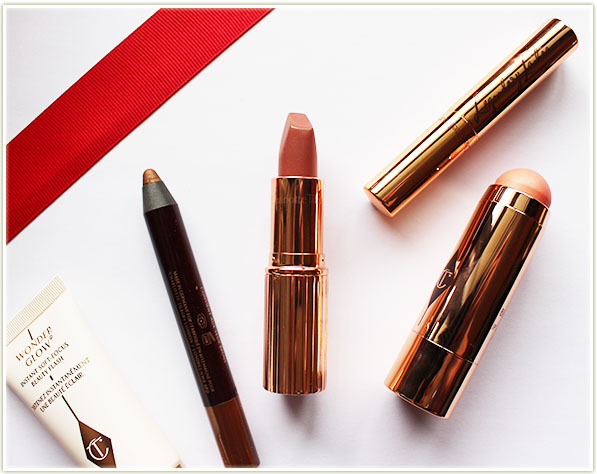
For some people, this post is going to be a lot of useless information (or maybe slightly insightful!), but for the most part, if you’re reading this, I think it’s because you’re a blogger or YouTuber and you want to know how to get access to brands. I’m also going to assume that you’ve been doing this for a little while. Let’s say somewhere in the ballpark of 6 to 12 months. That kind of timeframe is important because you need to prove to a brand that you’ve reached some kind of level of stability with your blog/YouTube. And that stability generally comes from putting out consistent content several days a week, for months on end. (For reference, when I started my blog, I was doing about 3 posts a week, but that eventually turned into near daily posting.)
The one year mark is helpful because it shows you’ve got some experience with blogging and you’re in it for the long haul (no one likes a flaky blogger – not readers and definitely not PR). However, you also need to consider follower numbers. This applies to not only how many people come to your blog per month (also referred to as Users on Google Analytics, or sometimes UMV which means “unique monthly views”), but also how many people follow you on social media (Twitter, Instagram, etc.). While not every brand cares about follower numbers, you need to be aware that at the end of the day, these brands are potentially sending you product and you have got to be worth their while. Well lit photos, good interaction with your readers, high follower numbers and a relatively high UMV all contribute to your worth as a blogger and make you more appealing to a brand. Some brands have requirements and if you don’t have those stats, they don’t consider you worth their while. And while that may sting if you don’t qualify, you need to accept that they have a requirement and you need to hit that level in order to be considered of value. (I’m Canadian, so I can only speak to the Canadian PR relationships I have, but 5000 UMV does seem to be the benchmark that most brands are looking for.)
Alright, so now that I’ve covered the background on why stats are important, let’s get into how the heck you find these contacts in the first place. More often than not, YOU need to do the digging to find these people. There’s a heck of a lot of beauty bloggers out there in the world and brands really cannot be bothered with hunting down one blogger in a sea of thousands of them. Being Canadian, I actually have a lot more access to PR than I would if I were American, just because our market in Canada is so much smaller – so keep that in mind too if you’re looking at all of the products I receive and wondering how on earth I managed to snag some of those relationships. Some brands will pay attention to me here with my lower numbers simply because I’m Canadian whereas my value as a blogger/YouTuber would be near worthless in the US.
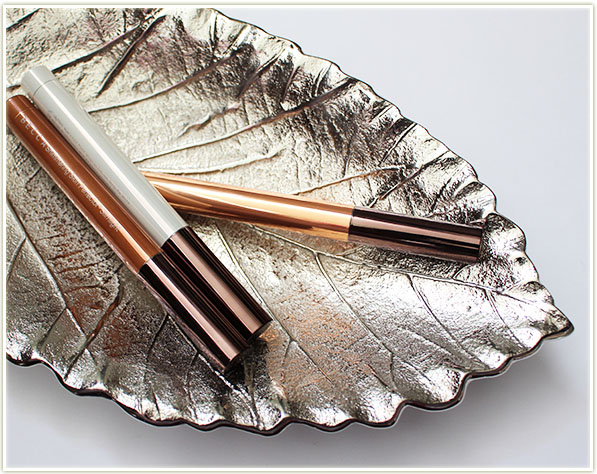
I can hear you saying “alright, shut up, just tell me already”. So here it is: you need to become intimately involved with Google. You know what you do when you think your significant other is cheating on you and you got to TOWN on the internet trying to dig up pictures, contacts, time stamps, etc. etc.? You need to do all of that, but apply it to the PR world.
Some brands have in-house PR which means they produce and promote their own content (so they’ll have an e-mail address like @brandname.com, etc.). But some brands outsource to a PR firm. This is generally the easiest way to find a brand’s contact as a PR firm will usually list who their clients are on their own web site (and you can usually find some kind of contact e-mail address). Other methods involve looking through LinkedIn and finding out what person works for what brand (if they work for a brand and their title is something associated with social media/influencing, you can probably bet that they deal with bloggers). E-mail addresses aren’t readily accessible there, but once you have a name, it is possible to search for that person online and sometimes their e-mail address will be posted publicly.
And yes, a lot of it is horrendous hours of diligently digging through the internet, using search terms (like “press release” or “[brand name] PR”) and trying to find a glimmer of an e-mail address of a person that is attached to a brand. It’s slow, tedious work, but it’s worth it once you’re able to make contact with a brand.
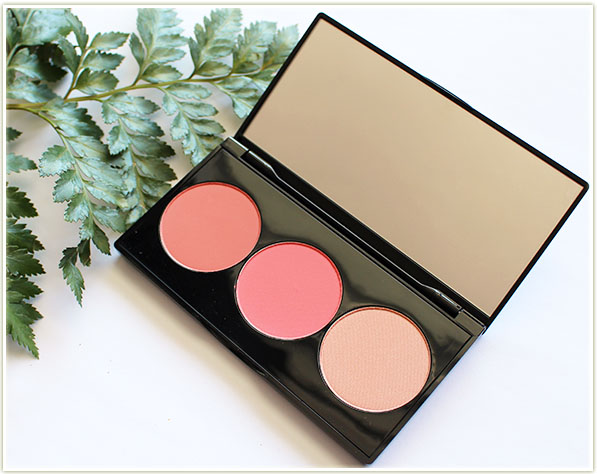
Once you get that e-mail address though, that’s really only half the battle because then you need to introduce yourself and prove your worth to that brand. If you’ve already done posts on their brand (which I would highly recommend you to have done if you’re going to be approaching someone), you can send those reviews along to help beef up your e-mail. They’re cold call e-mails, so you need to be able to introduce yourself quickly and then ask to get placed on a media list. And yes, the first few times you do it, it is TERRIFYING. But you eventually get used to it and it will be come second nature.
Other things to keep in mind:
- More often than not, you have to reach out to them. Do not wait around hoping that a brand will notice you – be proactive and approach them!
- Brands don’t owe you anything, so try not to get too offended if they don’t want to work with you.
- Perseverance is key. If you don’t get a response, keep following up.
- Be polite and to the point. Don’t write a brand an epic story when you send them an e-mail. You are far more likely to get a response to a short, concise e-mail than a long-winded one.
- Don’t ask strangers for PR contacts. There is nothing grosser than someone I don’t know messaging me on IG or Twitter asking for a particular contact. Keep in mind that if a person readily hands out a PR contact, they can run the risk of ruining their relationship with the brand and that is not a risk many people will take on a stranger.
I hope this was helpful to some of you who are bloggers looking to make connections with brands, and maybe at least interesting to those of you who were just curious about the whole process. I’ll happily answer any further questions if you have them!
